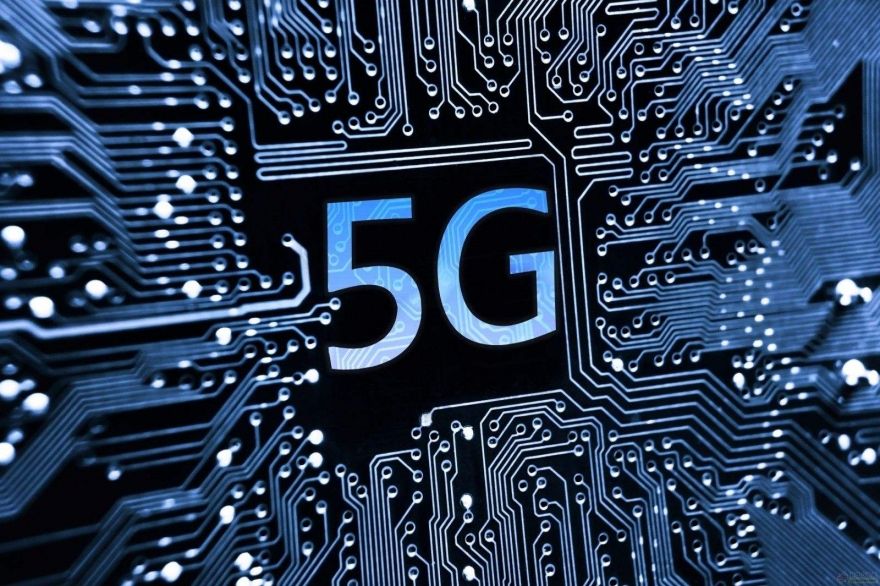
The Future of Wireless Connectivity
Compared to its predecessors, 5G is more than just another generational leap - it is the foundation for universally connected digital society. This demands a series of superlatives: 100x typical end user data rate; 100x number of connected devices; and 1,000x higher mobile data volume - all the while connecting to a more diverse set of end-user applications. To meet these requirements, 5G is looking to employ existing and potentially new RAT's, utilize new technologies such as Massive MIMO along with new deployment scenarios like cloud-based RAN, yet still remain a cost-effective solution for practical implementation.
A likely deployment scenario for 5G is a cloud-based radio access network, or C-RAN, that employs a centralized datacenter-like architecture for baseband processing of a larger number of remote radio heads. Intel FPGAs are vital for this approach, as they can be used with Xeon processors for hardware acceleration and virtualized functionalities.
But while the demands of 5G are sure to be enormous, the specific technologies that will be used to meet these demands still remain uncertain. Intel programmable FPGA's and solutions offer the necessary flexibility and performance needed to meet the ambitious and ever-changing demands of 5G wireless connectivity.
Challenges of 5G Connectivity
With the Internet of Things approaching, the number of wireless connected devices is set to explode, and a diverse set of connectivity types will be needed for a significantly larger amount of diverse applications. Because of this, 5G will require:
• Reliable data throughput from 1 Gb/s with peaks up to 20 Gb/s
• Near-zero time latency for applications such as vehicle-to-vehicle communication
• Support for reliable massive capacity for wireless machines nearing the hundreds of billions
• Flexibility in data rates and duty cycles for different applications
As of now, there are a myriad of proposed solutions and technologies to meet the challenges of 5G and not only facilitate a universally connected society, but to achieve it with cost effective solutions. These include:
• Cloud-based radio access networks, or virtualized RAN
• More advanced solutions in multiple access and coding/modulation schemes
• New baseband and RF architectures
• New beamforming techniques
• Advanced RF domain processing for efficient and flexible use of spectrum
However, it is uncertain which combination of these technologies will provide the most complete and cost-effective solution for the demands of 5G. It is vital that wireless infrastructure achieve the right balance of flexibility and performance in order to keep up with the changing and increasing demands of the wireless market.
